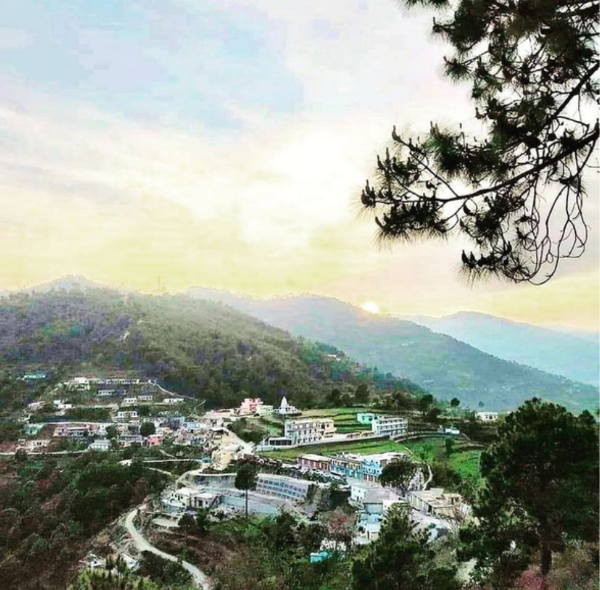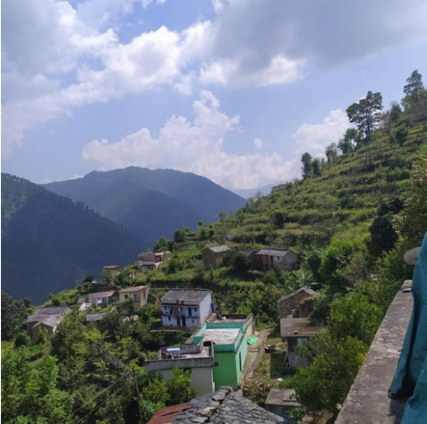Silent Echoes: The Unheard Pain of Uttarakhandis' Migration
- Student Journalist
- Dec 15, 2023
- 2 min read
"The fresh corn fields still come to my eyes whenever I think about the mountains," Vimla Devi says in a low voice. Vimla's family, along with three others, migrated from the mountainous region of Pauri to the plains of Udham Singh Nagar 55 years ago.

While the modern era witnesses people migrating to smart cities and different states, Uttarakhand natives find themselves migrating within the state. Most of the villages are now known as 'Bhootiya Gaon' or Ghost Houses. People consider them ghost villages because they were abandoned now or people who live there have migrated to different cities and
plains.
Recent reports reveal alarming numbers; Uttarkashi has witnessed 70 new ghost villages in the last seven years, Chamoli has 41, Rudraprayag has 20, and Pauri tops the list with 186 abandoned villages. According to a 2018 survey by the Uttarakhand Migration Commission, 734 villages in the state have become uninhabited since 2011 and are often referred to as ghost villages.
Geeta Devi, who migrated with Vimla Devi, says "After our migration, within three years, half of our villages got abandoned."
Vimla and her neighbors left their village together, using the money from selling their ancestral land to build homes in the plains. The struggle to settle down and find stable employment is a shared hardship among Vimla's family and all Uttarakhandis who migrated from their villages to cities. The primary cause of migration, according to findings, is unemployment (65%), followed by a lack of quality education (22%) and challenging agricultural conditions (13%).
The need for basic resources compels these families to leave their mountain homes and embrace the chaotic urban life of the plains. The transformation was more than geographical; it was a metamorphosis of their essence, their way of life.
These ghost villages hold the memories of a once-thriving community that dispersed like dandelion seeds in the wind.
"I miss my animals, the roadways, sweet home, green mountains, temples, cold fresh air—everything," says Geeta.

Vimla Devi finds solace in her new surroundings but acknowledges the constant pain in her heart whenever she remembers her village. She compares leaving her mountain home and moving to the plains to the feeling of holding back tears just before crying. She feels a physical ache in her neck whenever she recalls her village.
While Vimla and Geeta acknowledge the improvements in infrastructure, roads, medical facilities, and education in the plains, they confess that their hearts remain in the mountains.
The longing for their serene mountain homes is a sentiment echoed by many Uttarakhandis, torn between the desire for a better future for their children and the peace and satisfaction found only in the mountains. Geeta says, "Now the government is fulfilling villages needs in mountains". Vimla and others believe that now, villages have good medical facilities, and quality education. If this could exist there before than they never would have chosen to come to the plains.
Uttarakhandies love their mountains. They left it to build a good future which includes all resources and quality education for the upcoming generation. The migration offered them everything they desired except the satisfaction and peace that they had in the mountains.
Written by Sakshi Bhandari






Comments